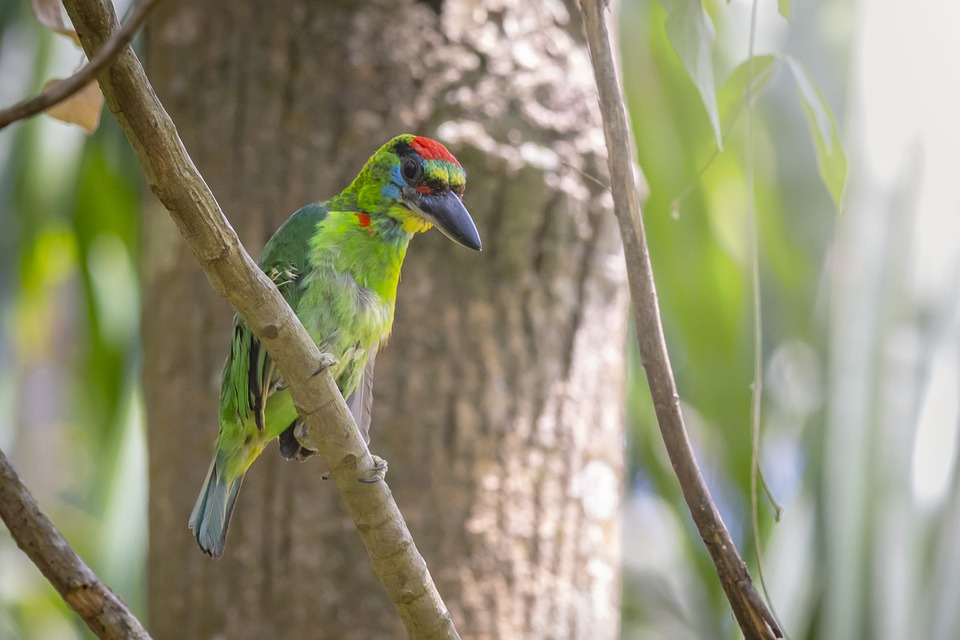Training a parrot can be a fun and rewarding experience, but it’s important to recognize when your parrot is ready and excited to learn. By understanding the signs of excitement and anticipation in your parrot, you can ensure a successful training session. Here are some telltale signs to look out for:
1. Vocalizations and Chattering: Parrots are known for their vocal abilities, and they often express their excitement through various sounds and vocalizations. Before training, pay attention to your parrot’s chattering, squawking, or mimicking sounds. An increase in volume, frequency, or variety of vocalizations can indicate that your parrot is eagerly anticipating the training session.
2. Wing Flapping and Tail Fanning: Another physical manifestation of excitement and anticipation in parrots is wing flapping and tail fanning. Watch for your parrot extending its wings and rapidly flapping them while perched. Additionally, observe if your parrot spreads its tail feathers wide, resembling a fan. These behaviors are often a sign that your parrot is ready to engage in an activity, including training.
3. Preening and Feather Ruffling: Parrots are meticulous groomers, and they often preen their feathers to maintain their appearance and well-being. However, when a parrot is excited, it may intensify its preening behavior, focusing on specific feathers or areas. Feather ruffling, where the parrot fluffs up its plumage, is also a common sign of excitement before training. Keep an eye out for excessive preening and feather ruffling as indicators of your parrot’s readiness.
4. Body Movements and Dancing: Parrots are natural performers and love to show off their moves. When your parrot starts hopping, bobbing its head, or engaging in playful body movements, it’s usually a clear sign of excitement and anticipation. Some parrots even develop their unique dance routines to express their eagerness. So, if your parrot starts grooving before training, it’s a strong indication that it’s ready to learn.
Now that you know the signs of excitement and anticipation in your parrot, you can create a positive and engaging training environment. Remember to be patient and observant, as every parrot is unique and may exhibit different cues. By understanding your parrot’s emotions and readiness, you can build a strong bond and achieve successful training sessions. Happy training!









